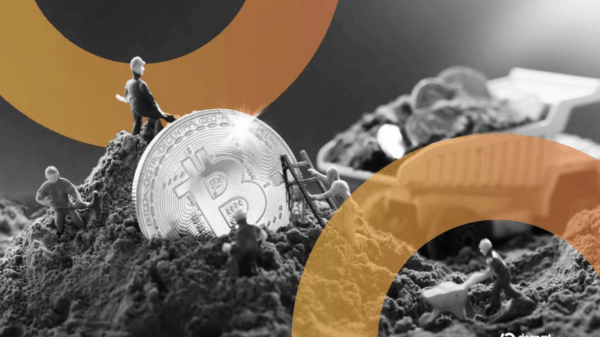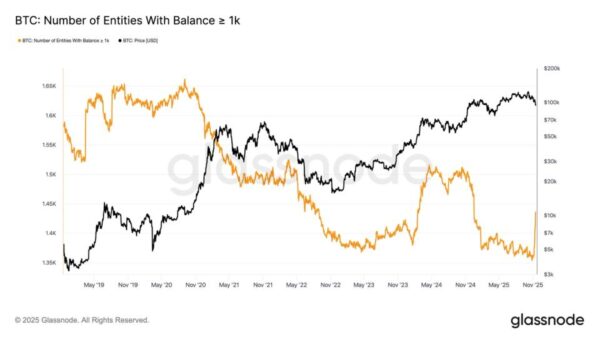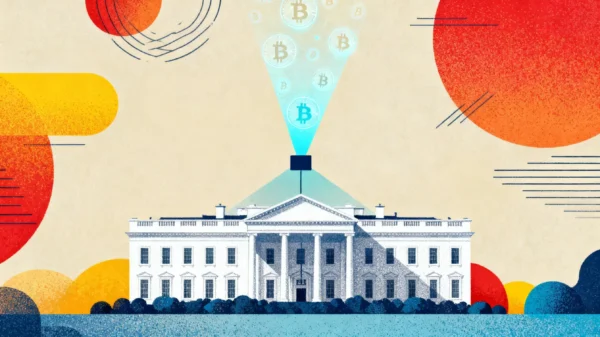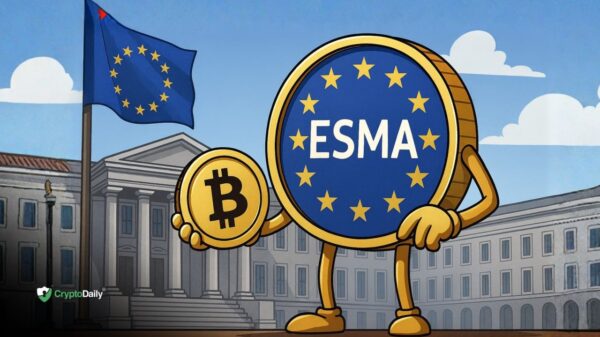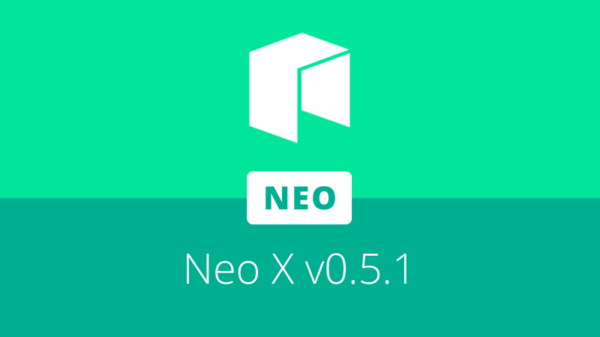In a significant development that could reshape the cryptocurrency landscape, Tether, the entity behind the largest stablecoin USDT, is reportedly contemplating a monumental investment of $1.15 billion in the German AI robotics startup, Neura. This announcement, made on November 17, 2025, illustrates Tether”s ambition to diversify its substantial capital reserves beyond conventional financial assets and venture into advanced technological fields.
Historically, Tether has served primarily to provide liquidity and stability within the turbulent cryptocurrency market, leveraging its reserves in cash equivalents and short-term commercial paper. However, this proposed investment in Neura Robotics signifies a notable shift in strategy, highlighting Tether”s desire to play a more active role in transformative industrial sectors. This move indicates that Tether aims not only to facilitate cryptocurrency transactions but also to utilize its financial might to propel innovation in real-world industries.
By diversifying its investments, Tether could potentially unlock new revenue opportunities and create safeguards against the inherent volatility of the cryptocurrency market. This strategic pivot not only enhances Tether”s reputation but also establishes its role as a contributor to the evolution of cutting-edge technologies.
Neura Robotics is recognized for its pioneering work in merging artificial intelligence with advanced robotics, particularly focusing on collaborative robots, or “cobots,” intended to operate alongside human workers. Their advancements cover various domains, including intelligent automation, manufacturing efficiencies, and smart home technologies. For Tether, backing Neura goes beyond seeking financial returns; it represents an endorsement of a vision that aligns with the future of industrial production and the interaction between humans and machines.
This enormous investment carries significant implications for both Tether and the cryptocurrency market at large. For Tether, it could reinforce its standing as an innovator capable of deploying vast resources for strategic expansion beyond its core stablecoin operations. However, this new direction will likely attract scrutiny from regulators who have previously concentrated on the liquidity and stability of stablecoin reserves. The market will be observant of how this move affects the perception of USDT“s stability and whether it encourages other stablecoin issuers to explore similar high-tech investments.
In conclusion, Tether”s potential $1.15 billion investment in Neura Robotics may mark a pivotal moment in the cryptocurrency industry, where digital currencies start to directly fuel advancements in the physical world. While this initiative promises considerable strategic diversification and an expanded role for stablecoin resources, it also introduces new complexities and regulatory challenges regarding reserve management. As Tether embarks on this ambitious venture, the crypto community will be closely monitoring the outcomes of this bold initiative, assessing its implications not just for Tether but for the broader integration of blockchain finance within the evolving technological landscape.







